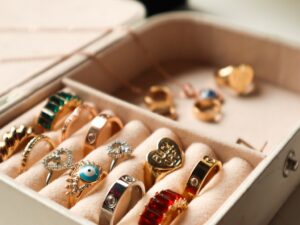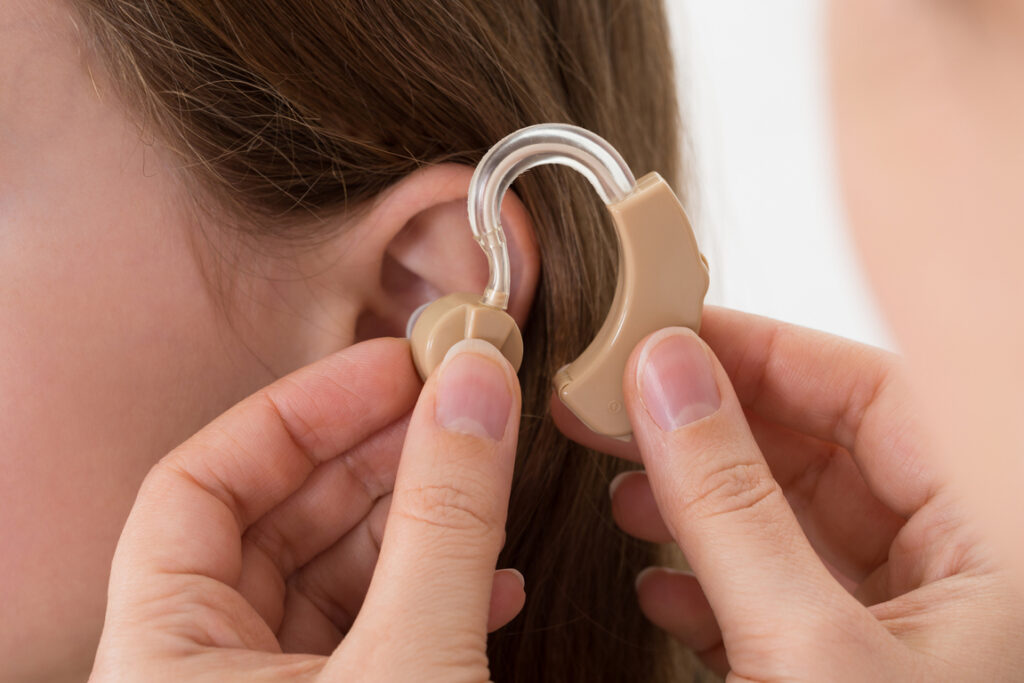If you suffer from some degree of hearing loss, you’re in good company. A large number of Americans report some difficulty hearing at some point during their lives.
While a hearing aid can improve your ability to hear, it can’t magically cure hearing loss. They do, however, boost your quality of life significantly.
Your doctor may recommend a small electronic device called a hearing aid if you report difficulty hearing. You wear this device in or behind your ear.
Hearing aids come with three different parts: microphone, amplifier, speaker.
They are differentiated by where you place them, how they work, and any special features they possess. The four primary types are:
Behind-The-Ear or A BTE Aid
This rests behind the ear with a clear tube connecting to your earmold while all the parts such as the microphone and battery are contained in a compartment sitting behind the ear. This style of hearing aid works well for people with mild to profound hearing loss.
In-The-Canal or An ITC Aid
This is a light plastic shell that sits inside the canal and is known for being super comfortable and easy to use. They’re also made to fit the size and shape of your ear but people find them hard to use since they’re small.
In-The-Ear or An ITE Aid
These hearing aids are slightly bigger than ITC aids but are easy to handle. The hearing aid’s parts are contained in a shell that fits snugly in the outer part of your ear.
The Receiver-In-Canal or A RIC Aid
This style of hearing aid moves the receiver inside your ear canal with a nearly invisible tube and tiny receiver. They’re smaller than BTE aids and are appropriate for mild to moderate hearing loss.
It is important to remember that not all hearing loss is the same. Finding the hearing aid that works best for you takes some trial and error, but with the help of your doctor and hearing aid specialist, you’ll be sorted in no time.
Book a Checkup
Have your hearing tested by your doctor so that they’ll be able to recommend an appropriate aid.
Test the Aid
Ask for the aid’s trial period and test out your machine, along with acquiring all the relevant information about the aid.








